I wrote this article in Japanese and translated it into English using ChatGPT. I also used ChatGPT to create the English article title. I did my best to correct any translation mistakes, but please let me know if you find any errors. By the way, I did not use ChatGPT when writing the Japanese article. The entire article was written from scratch by me, Saikawa Goto.
Introduction
Movies and books covered in this article
Three takeaways from this article
- The film director’s comment during a talk event, “I never imagined this would happen,” made me realize that it’s not someone else’s problem.
- This film depicts everything from the start of the protests to the occupation of the Legislative Council and the sieges at The Chinese University of Hong Kong and The Hong Kong Polytechnic University.
- The incredible organizational power of the protesters and the various hardships they face.
Self-introduction article


Published Kindle books(Free on Kindle Unlimited)
“The genius Einstein: An easy-to-understand book about interesting science advances that is not too simple based on his life and discoveries: Theory of Relativity, Cosmology and Quantum Theory”
“Why is “lack of imagination” called “communication skills”?: Japanese-specific”negative” communication”
The quotes used in this article are based on notes taken at the movie theater from movies in Japanese and are not direct quotes from the foreign language original movies, even if they exist.
The Impact of the Movie “Revolution of Our Times,” Which Captured the Front Lines of the Pro-Democracy Movement in Hong Kong from its Inception to the University Siege, in 2019
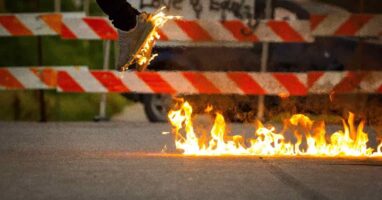
In 2021, the movie “Revolution of Our Times” had a surprise screening at the Cannes International Film Festival. I had been eagerly waiting for its release since I heard the news, so I went to see it on the opening day. Even though a typhoon hit Tokyo and it was pouring rain, I headed to the movie theater, but I think the times I saw the show were full. It can be said that it was a highly anticipated movie.
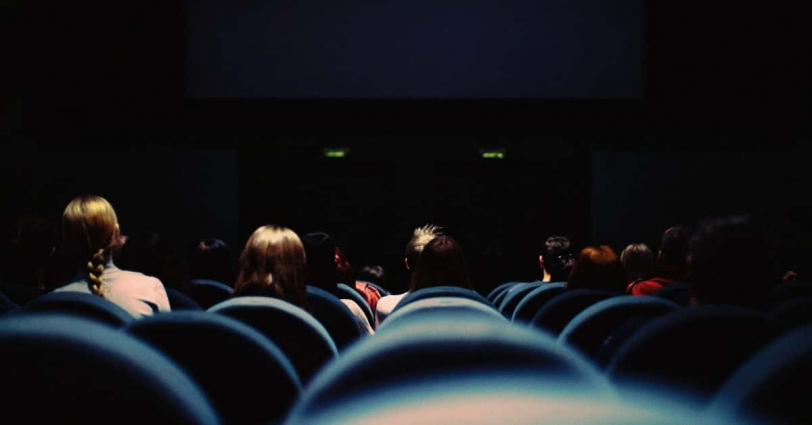
During the nearly two and a half hours of the movie, I could hear people sobbing constantly from the audience. The woman sitting next to me started crying as soon as the movie began, and I think she cried throughout the entire screening. I could understand her feelings. The movie depicted cruel days that made me feel like I couldn’t believe that these events were happening in the same era that I live in, just like when I heard the news about the invasion of Ukraine by Russia. I, too, was moved to tears by a scene near the end of the movie. The participants in the Hong Kong protests were mostly young people, such as high school and university students, but there was an 11-year-old boy among them. Seeing him standing at the front line of the protest, fighting alongside adults with his face covered by a bandana, made my heart ache.
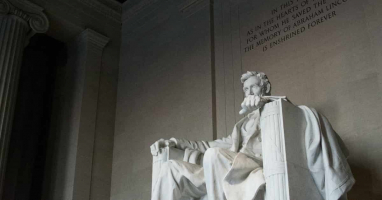
The movie is a series of shocking images from beginning to end. I might even say that there are only shocking images. Among them are images that I recognize from the news, such as a video of an 18-year-old young man being shot with live ammunition by the police. It should have been covered on Japanese news programs as well. However, it wasn’t until I watched the movie that I learned that the young man who was shot was arrested for “rioting.” Do you understand the meaning? It was not the police who shot him that were subject to punishment, but rather the victim, the young man, who was treated as a criminal.
This movie, which depicts Hong Kong in 2019, is overflowing with such “madness.” I was overwhelmed by this reality many times.
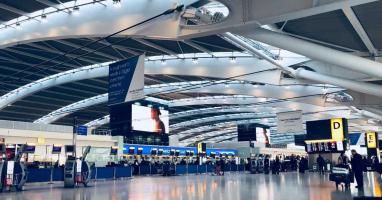
And this is by no means a “fire on the other side of the river.”
Do Not Think of Hong Kong in 2019 as a “Fire on the Other Side of the River”
After the screening, a talk event was held where Kiwi Chow, the film director who is still in Hong Kong, connected via video call. Before introducing the film’s content, I would like to talk about this event.
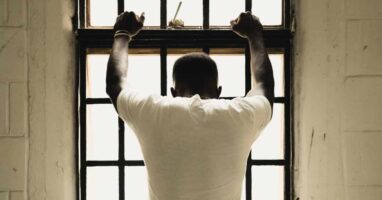
One of the most impressive comments made by the film director was “I am prepared to be arrested.” In Hong Kong, the Hong Kong National Security Law was enacted in 2020, and people continue to be arrested for unclear and ambiguous reasons. The beginning of the film “Revolution of Our Times” displays an explanation of how to process audio and video of people who were arrested or could not be contacted after filming. In the film, journalist Gwyneth Ho Kwai-lam, who became widely known for her live coverage of the “Legislative Council Occupation” on July 1st, also appears, but she was also arrested. In any case, anyone who is considered “inconvenient” to the Hong Kong government is detained for some reason or another.
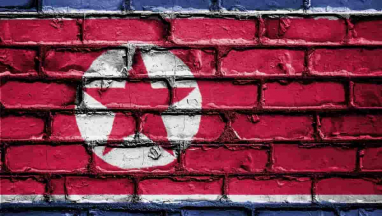
The movie “Revolution of Our Times” cannot be shown in Hong Kong, and it would be inconvenient for the Hong Kong government if the movie is shown abroad. Therefore, it would not be surprising if the film director who made the movie is arrested at any time. Although he is prepared for it, he also analyzes the reason why he has not been arrested yet. He thinks that the government is afraid that his arrest would contribute to the promotion of the movie. If he is arrested, foreign media would undoubtedly report it and mention the content of the movie. The government may have judged that this would not be beneficial for them.
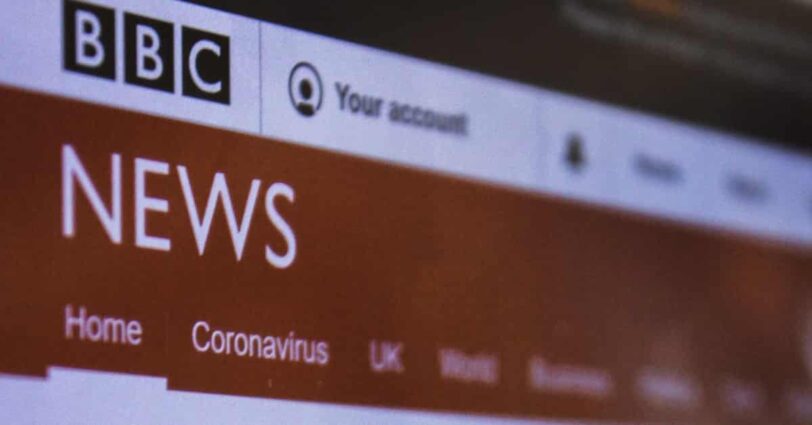
“Revolution of Our Times” was originally part of a slogan that symbolized the Hong Kong protests. It means “Liberate Hong Kong, the revolution of our times,” and is used in various situations. Therefore, in Hong Kong, just saying “Revolution of Our Times” could lead to arrest. This alone shows how abnormal the situation in Hong Kong is.
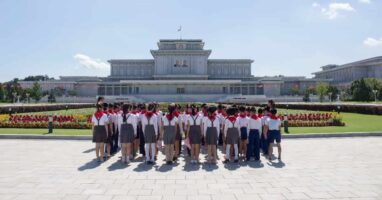
Now, the film director who continues to stay in Hong Kong with such determination, said this in a message to the audience as the closing of the talk event,
Japanese people may not think that the scenes depicted in this movie are realistic. However, even I, who have lived in Hong Kong for a long time, never dreamed that such a situation would occur in Hong Kong. So, I want you to imagine that freedom of governance can be taken away at any time.
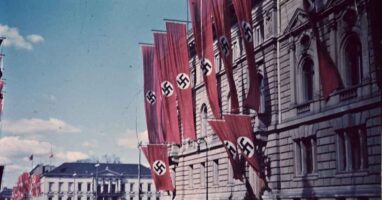
There have been various sources of conflict and clashes between China and Hong Kong. However, even so, the film director did not imagine a situation like the Hong Kong protests in 2019. Up to two million people participated in the demonstrations, which means that two-seventh of Hong Kong’s population of seven million were involved in some way. It was an enormous scale, and it must have been a situation where the film director did not even dream that such a thing would happen in Hong Kong.
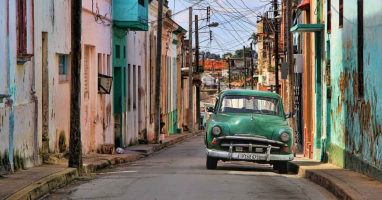
In Japan, there are also sources of conflict and clashes with China, South Korea, North Korea, and Russia. However, there are not many people who think that they will develop into something “large-scale.” This is the same feeling that the film director had before the Hong Kong protests. While it’s impossible for the exact same thing to happen in Japan as the Hong Kong situation, there is always the possibility of a sudden event that we cannot even imagine. Even before the invasion of Ukraine, many experts predicted that “Russia would not actually start a war.” Japan is a country with a high level of prediction and caution against disasters, but we must be prepared for the possibility that something different from a natural disaster could happen.
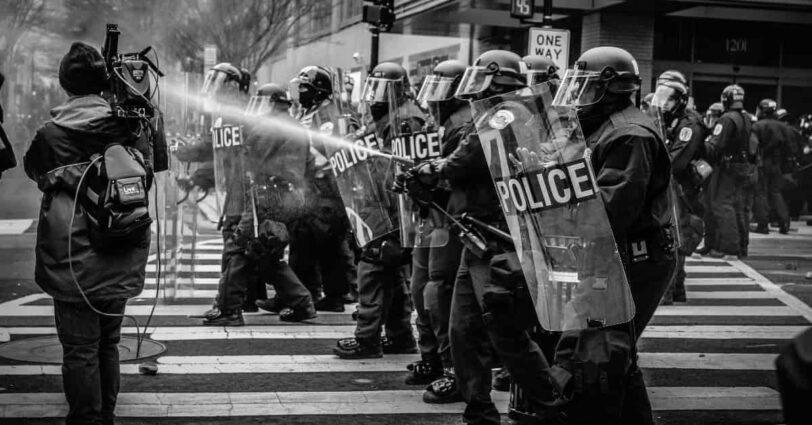

In the movie, there was an impressive statement that said
Hong Kong is the forefront of the world against “Chinazi”.
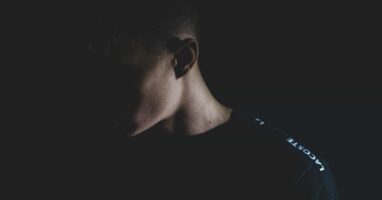
The film features a number of young people who participated in the 2019 demonstrations. That is, those who participated in the demonstrations and hadn’t been arrested at the time the film was shot. Most of them had their faces hidden behind bandanas or masks, or their faces and voices are mosaicked. The names displayed were probably pseudonyms. Just before the end credits, it was stated that “due to the Hong Kong national security law, credits are incomplete and pseudonyms are used to ensure that the performers are not disadvantaged,” and the end credits themselves were very short. At the beginning of the end credits, “Produced by Hong Kong people” was displayed prominently, which was very impressive.
One of the young people appearing in the movie used the term “Chinazi,” which was impressive. Although I have no memory of encountering this expression before, it feels very appropriate. Like Germany, which went to war to expand “Nazism,” China is pushing its hard-to-understand “Chinese ideology” around the world, including in Europe, the United States, and other Asian countries. And the forefront of that “Chinazi” is now Hong Kong.
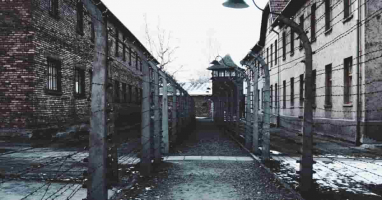
Considering Germany in the past, “Chinazi” will not be limited to Hong Kong alone. Currently, China has problems with Taiwan, and there is a plan called “Belt and Road” to complete a logistics route centered on China by land and sea. In the process, China will interfere with various other countries, including Japan.
The appearance of Hong Kong, which is the forefront of “Chinazi,” may well reflect the future of Japan.
I felt that this movie should be taken as something like that.
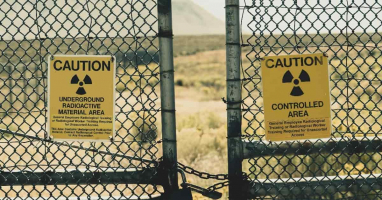
From the Beginning of the Hong Kong Protests to the “Legislative Council Occupation” that Increased Momentum
The movie is almost entirely composed of “footage of the 2019 protests.” While the roughly outlined history of Hong Kong after its return to China is discussed at the beginning of the film, the rest of the film mainly follows the chronological order of the 2019 protests.
The trigger was the “Fugitive Offenders and Mutual Legal Assistance in Criminal Matters Legislation,” which was widely reported in Japan. It was a proposed change that would allow suspects to be extradited to countries and regions with which Hong Kong had not signed a criminal extradition agreement. This raised concerns that Hong Kong citizens could become targets of Chinese authorities’ crackdowns, leading to the collapse of the “One country, two systems” policy. The first protest against the Fugitive Offenders and Mutual Legal Assistance in Criminal Matters Legislation was held on June 9th, and this was the beginning of everything.


As the protests spread, there were also an increasing number of suicides in Hong Kong. The reasons varied, from a sense of despair about not being able to envision a bright future, to some done as a form of protest. Marco Leung Ling-kit, who committed suicide as a form of protest, was called the “first blood debt” in the Hong Kong demonstrations. And on June 16, the organizers announced the participation number as “2 million + 1 person” in the demonstrations. It was meant to convey the message that Marco Leung Ling-kit, who had passed away, was also participating in today’s demonstration.

Right after the start of the demonstrations, the citizens were not yet completely united. At that time, there were two groups in Hong Kong: “the pacifist” who advocated for “peaceful, rational, non-violent” protests, and “the braves” who did not shy away from violence. Both were concerned about Hong Kong’s future, but their approach was different. However, the “Legislative Council occupation” on July 1 would significantly change the situation.
Of course, it was “the braves” who decided to occupy the Legislative Council. As “the braves” tried to break into the Legislative Council and “the pacifist” tried to persuade and stop them, “the braves” forcibly entered and carried out the first-ever occupation of the Legislative Council in history.
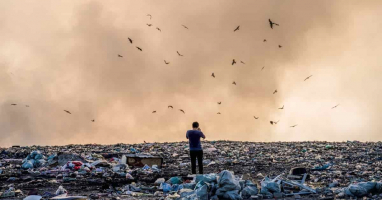
As a result of this event, the conflict between “the braves” and “the pacifist” was resolved. However, it was not due to the fact that “the braves” occupied the Legislative Council. It was related to what happened when they left the Legislative Council.
There are members of “the braves” who have various ideas. Many of them left the Legislative Council after the occupation, but four people with a strong conviction remained inside. To persuade these four people to leave, members of “the braves” entered the Legislative Council again. The police were already waiting outside, and it was believed that they were about to raid.
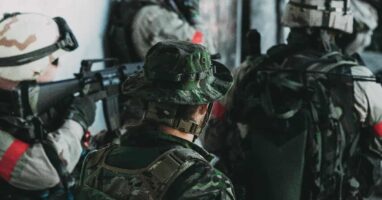
As the members of “the braves” returned to the Legislative Council, there was a risk of being caught up in a police raid depending on the timing. It was a persuasion made under such circumstances of imminent crisis. Gwyneth Ho Kwai-lam was broadcasting live at the time and asked a female member of “the braves,” “Aren’t you scared?” In response, the woman said,
I’m scared, but it’s even scarier not to be able to see the four people tomorrow.
This rescue operation moved the citizens. Furthemore, the members of “the braves” were also seen leaving money when taking out food from the kitchen, sending a message that “we are not thieves.” These stances helped to eliminate the conflict between “the braves” and “the pacifist” and create a sense of solidarity. And through the cooperation of both sides, the demonstrations in Hong Kong became normalized.
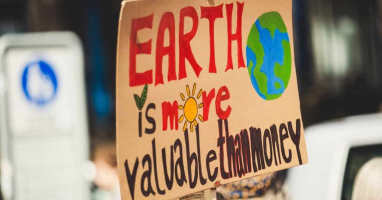
Startling Collusion between the “Mafia” and the Police, and the Truth about “Interference with Rescue Activities”
A shocking incident occurred on July 21st. As a result of this incident, it was revealed that the local police were colluding with the “mafia.”
On that day, a group of people wearing white clothes gathered at a certain station. Since the demonstrators usually wear black clothes during demonstrations, it was clear that they were “forces hostile to the demonstrators.” The people in white clothes started attacking the demonstrators. Gwyneth Ho Kwai-lam, who was live-streaming the event, captured the scene where she was punched and fell by several people on camera. A pregnant woman who was present tried to help the person being beaten but was caught up in the violence herself.
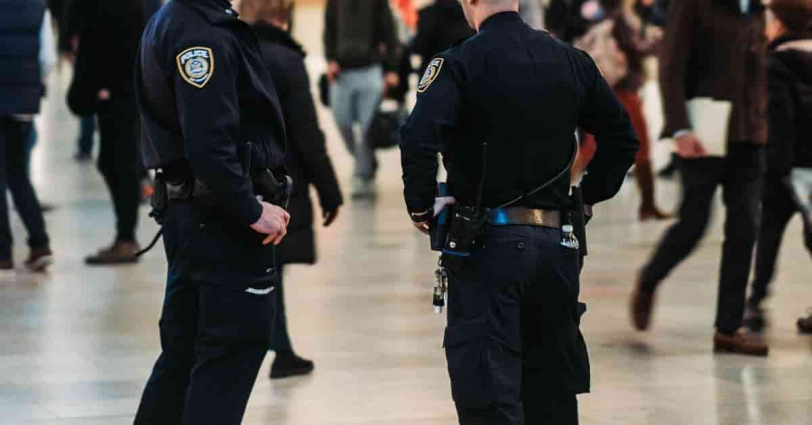
Citizens who witnessed this scene naturally reported it to the police. However, no matter how many times they called, they couldn’t get through. In movies, it is explained that “the police cut off the line.” The police, who arrived at the scene much later after the uproar, explained, “We came right away because there was a report. We don’t know how long it has been since the disturbance.”
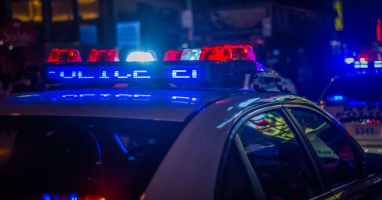
The police who arrived after the situation had calmed down said, “Just because someone is wearing white clothes doesn’t mean it’s proof that they used violence.” Certainly, it would be said that that’s a reasonable attitude. However, they also told the media, “We haven’t witnessed anyone with weapons. We can assert that.” This is clearly a lie. It’s caught on live streaming footage and there were still people with weapons when the police arrived.
I don’t know for what reason it was judged that, but it seems that those in white are “the mafia”. In the movie, it was said that “the police turned a blind eye after understanding everything.” It’s probably true, but it’s a hard story to believe.
In this incident, 8 people wearing white clothes were charged, but at the same time, 7 people who were assaulted were also charged with “rioting.” Journalist Gwyneth Ho Kwai-lam said, “It’s a message that ‘those who challenge the system will not receive help even if they are subjected to violence.'” Indeed, that’s the only way to interpret the event.
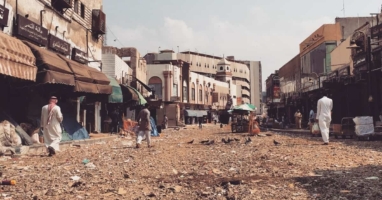
The characters from the movie talked about various things regarding this incident.
The rule of law society in Hong Kong is dead. This is because power has been exercised recklessly.
The rule of law society in Hong Kong is dead. This is because power has been exercised recklessly.

In this way, many people perceived it as a turning point in the Hong Kong demonstrations. However, the words that left the most impression on me were those of a boy who was probably 14 years old at the time of the demonstration.
I don’t want to be a person without a conscience.
I also truly believe that. No matter how much I get what I want, I don’t want to live a life without “conscience.”
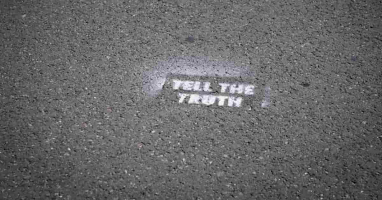
In Hong Kong, the police have become more prominent in their efforts to suppress demonstrations using force and openly exercising their power.
In the movie, there is probably only one person who appears with his face shown, a young man named “morning”. He was not a participant in the demonstration, but rather worked as part of the medical team. He ran around on the front lines, caring for those who were injured or feeling sick from tear gas.
An event on August 31st left morning feeling hopeless.

Due to a quarrel between passengers on a subway train that day, the police closed the station. Evening fell when morning was at home, but when he received a call saying “there is an injured person”, he immediately headed to the station. However, the station was closed and no one could enter. Morning approached the police below the stairs from the entrance of the station, which was closed with something like an iron grille, and appealed “Let me in for medical treatment”. He held up a sign with the fact that “Obstructing medical activities” is illegal under international humanitarian law.
Let me in! I just want to provide medical treatment! You can hit me or arrest me afterwards! Please let me provide medical treatment!
However, in the end, the police did not let morning in. This incident apparently depressed him for several months.

Afterwards, the police announced “there were no injuries”. However, the incident on the subway was also live-streamed, and there was no one who believed the announcement that there were no injuries. It made me feel that the more extreme methods were becoming more and more prominent.
Siege at the Chinese University of Hong Kong, and to the Hong Kong Polytechnic University
On November 11, the demonstrators decided to carry out a “traffic disorder strike” which they had not done before. The plan was to stop the functions of roads and railways and to force citizens who did not participate in the demonstrations to involve in. It was a manifestation of the will to resist even if it had a negative impact on the social life of citizens, but the movie also shows citizens who were inconvenienced in their commuting and daily lives expressing dissatisfaction.
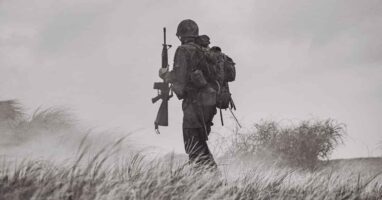
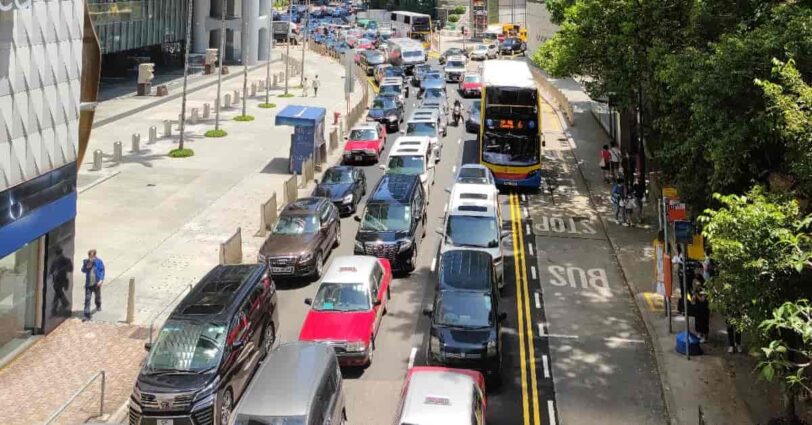
And perhaps the decision to launch the “traffic disorder strike” was one trigger. Many of the protesters were students from the Chinese University of Hong Kong, who planned to barricade themselves inside the university. By blocking all three routes leading to the university, including roads and railways, it would be impossible for anyone to enter. They planned to set up a base, create Molotov cocktails, and prepare for a long-term siege, ready to resist the police at all costs.

The struggle at the Chinese University of Hong Kong led to the siege at the Hong Kong Polytechnic University. However, they couldn’t do it better at the Hong Kong Polytechnic University, despite their experience at the Chinese University of Hong Kong. The students at the Hong Kong Polytechnic University suffered greatly because the police had completely sealed off the campus. According to international rules, the police must provide “escape routes” for civilians in case of a civil movement. There is a rule that says they shouldn’t block the escape route of those who have the will to surrender. However, the Hong Kong police completely surrounded the Hong Kong Polytechnic University. Those who were besieged were completely cut off from the outside world.
And this fact brought further solidarity among Hong Kong citizens. When they learned that students could not escape from the Hong Kong Polytechnic University, many citizens began to cooperate in rescue efforts.
On the other hand, those who were besieged at the Hong Kong Polytechnic University faced a difficult choice. They had three options: “wait for death here,” “spend ten years in penitentiary after being arrested,” or “find a way to escape somehow.” Some of those who tried to escape through the sewer may have lost their lives in the sewer. One of the demonstration participants who successfully escaped from the sewer said, “I was most mentally cornered when I lost my sense of direction in the sewer, with soaked in sewage up to my neck and cockroaches swarming around me.”
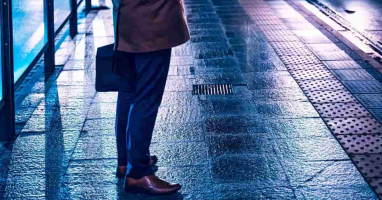
After 16 days of siege, the police stormed in and over 1,300 people were arrested, bringing an end to the situation at Tthe Hong Kong Polytechnic University.
This siege at the Hong Kong Polytechnic University was probably one of the vertex of the 2019 Hong Kong protests. Since then, the movements of the protesters have been somewhat restrained, and some have begun to flee to Taiwan out of fear of arrest. In 2020, demonstrations in Hong Kong were banned under the pretext of the COVID-19 pandemic. It can be said that the protests were completely stifled.
As of now, 11,440 people have been arrested and 2,285 have been charged. It has also been reported that 80 police officers have been accused of abusing their authority, but none have been criminally prosecuted. The flame of resistance has not been completely extinguished, but the Hong Kong National Security Law, which was enacted in June 2020, is certainly restricting citizen movements.
What will happen to Hong Kong in the future?
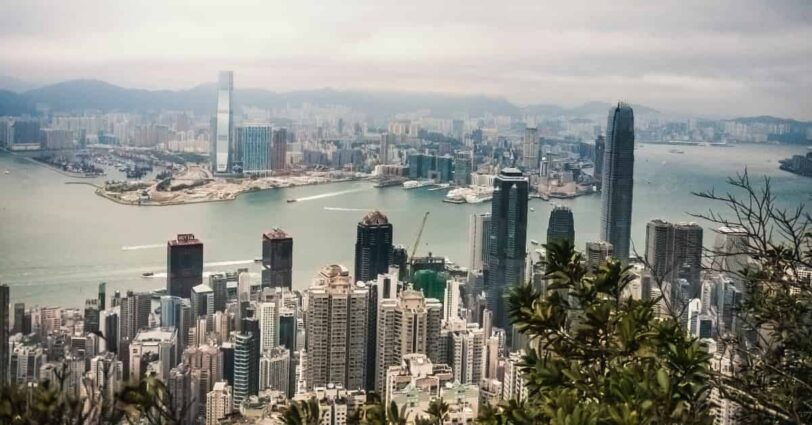
The Struggle of Resistance Fighters
In the movie and also from the perspective of the protesters, their resistance is depicted in detail. What I found most interesting was the thorough division of roles.

When it comes to the demonstrations, all participants say that there is no big organization behind them. There is no underlying group that forms the basis of the protests, and there are no leaders among the huge number of people who gather for the demonstrations. This fact surprised me the most.
When we hear about demonstrations, we tend to focus on those who throw Molotov cocktails and clash with the police at the front lines. However, that is not the only role needed. They also send reconnaissance teams to various locations around the city to monitor the movements of the police, and input that information into data and mapping apps in real-time. This allows them to continue their demonstrations while keeping track of police movements.
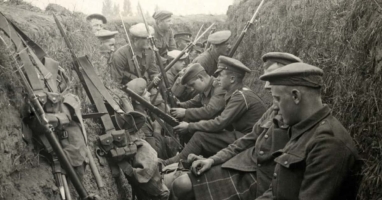
I was surprised that there was also a “vehicle team” prepared. Its main role is to “safely deliver the demonstrators to their homes.” I was surprised that the division of labor was so clear and impressed with the idea of properly preparing necessary support. At one point, more than 200 people were unable to return home, and arrangements were made for everyone to return home by car. One member of the vehicle team said,
We have a sense of mission to not leave anyone behind.
This feeling was probably shared by all the demonstrators at the time. The rescue operation during the “Legislative Council occupation” on July 1st was also a result of the idea of “not leaving anyone behind”.
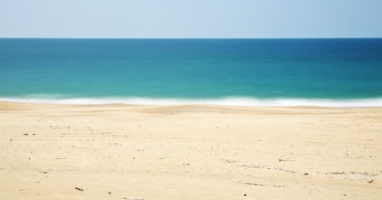
The center of the protest is young people, but older generations who are worried about the future of Hong Kong have also joined with the youth. The movie features a person called “Uncle Chen,” who can be called an “old man” in terms of age. He initially showed his protest against the government through “hunger strikes.” However, he later decided to focus on the role of “protecting the children participating in the protest” and his colleagues. He and his group do not participate in the demonstration itself, but they keep an eye on the police movements and grasp their intentions, and then evacuate young people to safety or protest when young people are unfairly treated by the police. Many young people were moved by his actions and were shown hugging Uncle Chen on the street.
However, not all older generations support the protest. Some of the protest participants are struggling with family conflicts. In the movie, a high school student who is hiding his participation in the protest from his family is also featured. He is said to lie and say he is going to play basketball while actually participating in the protest.
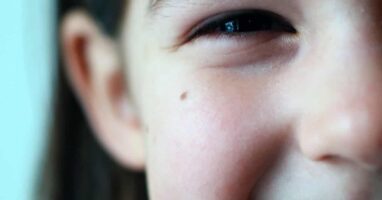
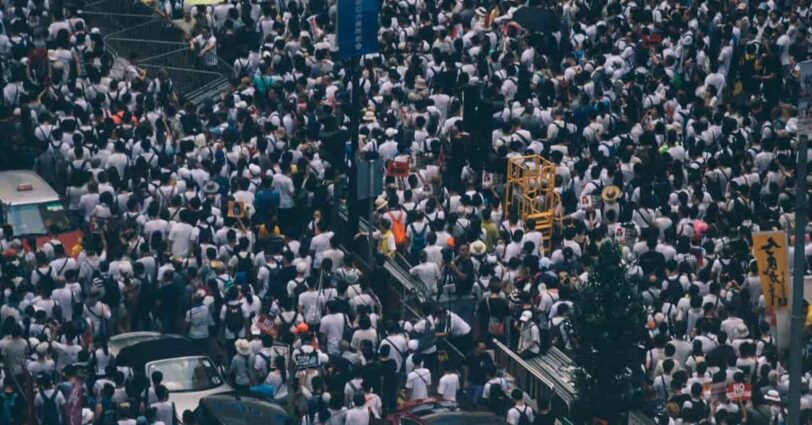
The demonstrators have prepared shelters for those who have problems with their families and are living together in places like share houses. They say that living in these shelters, combined with the sense of solidarity that comes from participating in the dangerous demonstrations, creates intense relationships and gradually grows affection.
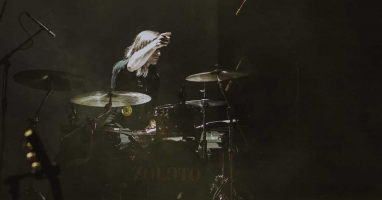
On the other hand, there are those who speak like this:
If they wear equipment, we can identify who someone is. But without it, wecan’t tell who they are. Because the relationship began with the demonstration, it will end when the demonstration is over.
While those who live in the shelters know each other’s true identities, many of the participants in the demonstrations meet other comrades at the site of the demonstrations. Everyone covers their faces with bandanas or masks so that they cannot be seen, and they also wear gas masks in preparation for tear gas. They all identify each other with their equipment and do not know each other’s true identities. Therefore, they say that the relationship will end when the demonstration is over. This scene portrays the “loneliness” that comes from this unique situation, and I felt that it depicted the struggles of young people from a different perspective than the future of Hong Kong or the fate of the demonstrations.
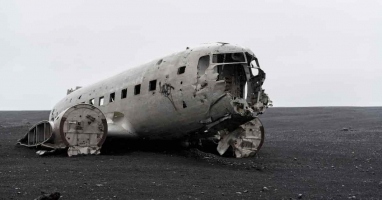
The scene where a woman talks about the negative effects of tear gas is also impressive. Tear gas seems to cause invisible problems, especially for women, it can cause menstrual irregularities. It seems that menstrual blood changes to dark brown or black. In that sense, they are “putting their bodies on the line”.
Furthermore, the increase in suspicious deaths and sexual violence is even more severe.
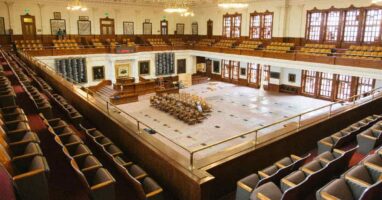
Since the beginning of the protests in Hong Kong, there have been more cases of drowning and missing persons. There was even a case where a 15-year-old swimmer was found dead in the water, naked. The situation was clearly suspicious, but the police concluded that it was not a suspicious death, and the body was immediately cremated as if trying to cover up the evidence. The film also showed footage of something, probably a dead body, being dropped from the window of a police or military building.
In a police station, there have been cases where female participants in the protests have been raped by police officers. There was even news that an 18-year-old girl was gang-raped at a police station and became pregnant afterwards. Gwyneth Ho Kwai-lam, a journalist, heard from a 14-year-old student that their friend was almost raped. It’s really the worst situation imaginable.

One of the protesters said,
I can’t speak up unless I risk my life.
No matter what the reason, such a situation should not be allowed.
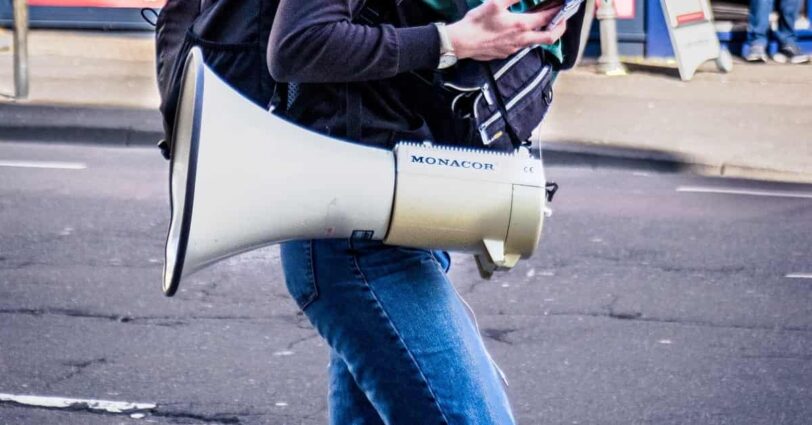
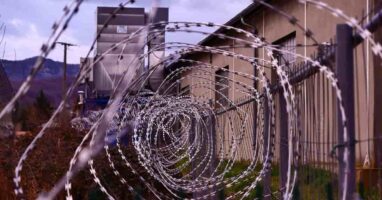
We Must Know this Reality
An utterance by a participant in the demonstration has left an impression on me.
I do many things, but I can’t tell anyone about them. It’s tough. That’s why I’m happy that someone is recording them.

Of course, they can talk to their fellow demonstrators. However, they cannot tell those who have nothing to do with the demonstration what they did. There was no explanation for why they cannot talk about it, but probably because it is common to be criticized or reported by those who are not involved in the demonstration and be arrested. Putting aside whether it is “right” to destroy something as part of the demonstration, the demonstrators are undoubtedly acting for “the sake of Hong Kong,” so the situation of not being able to tell anyone is certainly tough, I think.
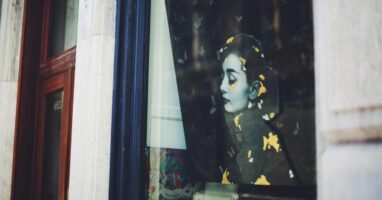
At the talk event, the film director said this:
Having this movie shown abroad is an important opportunity for those who remain in Hong Kong or are in the penitentiary to feel that someone is watching and remembering what they did. It is important because it allows them to feel that their actions were not in vain.
Even before the invasion of Ukraine, I think there was already little news coverage in Japan about the situation in Hong Kong. And even now, as I write this article, there is less news about the invasion of Ukraine. In a book I read before called “People Like Us: Misrepresenting the Middle East,” it was written that “news only reports on change,” and I think that is exactly the case. Whether it’s Hong Kong or Ukraine, the continuous “state” of being in such a situation is the problem, but after all, in the case of news reporting, if there is no “change,” it is deemed not to be newsworthy.
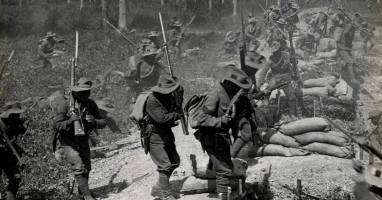
And that attitude is also our responsibility as recipients of information. We always want to know about “new changes (information)” no matter what. If that’s the case, it’s natural that the media will report accordingly.
If we don’t change our attitude towards “information,” the media’s attitude towards reporting won’t change either. And ultimately, this will only increase our apathy. That fact will only benefit China more. For China, it would be more advantageous if the world were indifferent to Hong Kong.
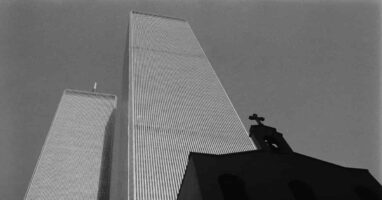
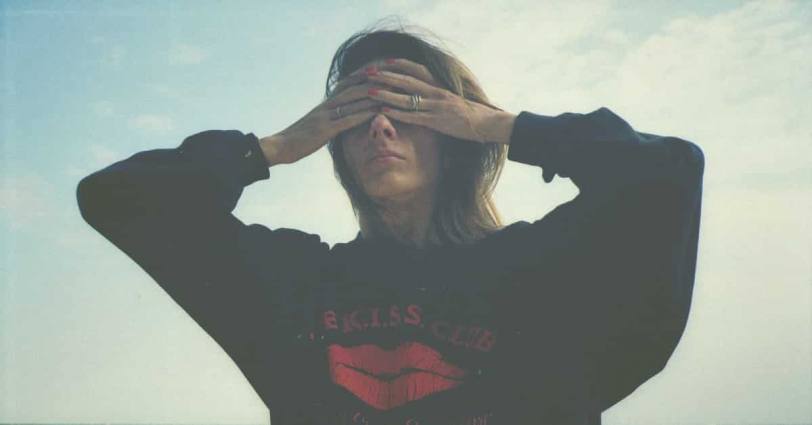
We may have limited power, but we can always learn. And with knowledge, we can think and reflect. That’s what I was reminded of by this movie.
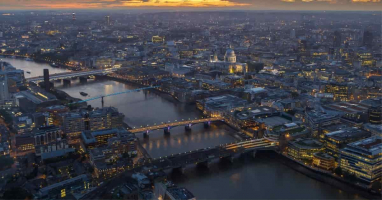
Conclusion
During the talk event, I was impressed by the conversation between the film director and his son. I don’t know the age of the son, but I assume he is still in his teens. The film director explained his movies to his son and asked, “Should I keep making movies?” After thinking for a moment, the son replied,
Keep going. And tell the truth.

Furthermore, when the film director asked, “Should I leave Hong Kong?” His son answered,
Let’s not leave. Let’s stay here and make beautiful Hong Kong.
He is a child with a lot of spirit.
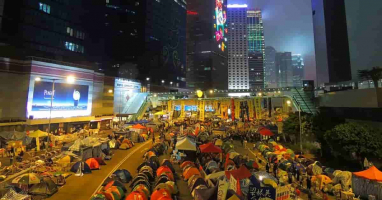
After the screening and the talk event ended, the audience naturally applauded. I cannot explain the reason well, but it is certainly a work that makes you want to applaud. From the conversation at the talk event, I learned that there were many people from Hong Kong in the audience. For Hong Kong people who are pained by the current situation in their country, the fact that this movie is being released overseas is undoubtedly a joyful thing.
I hope that more theaters in Japan will show this movie and that it will be widely screened outside of Japan.

Published Kindle books(Free on Kindle Unlimited)
“The genius Einstein: An easy-to-understand book about interesting science advances that is not too simple based on his life and discoveries: Theory of Relativity, Cosmology and Quantum Theory”
“Why is “lack of imagination” called “communication skills”?: Japanese-specific”negative” communication”

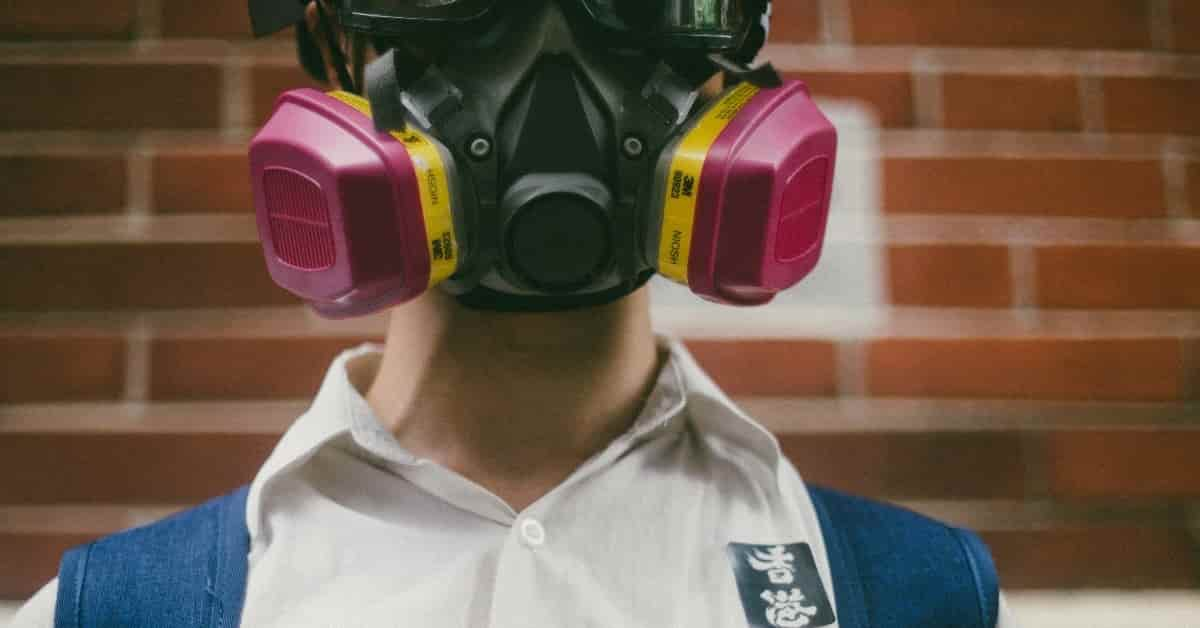





コメント